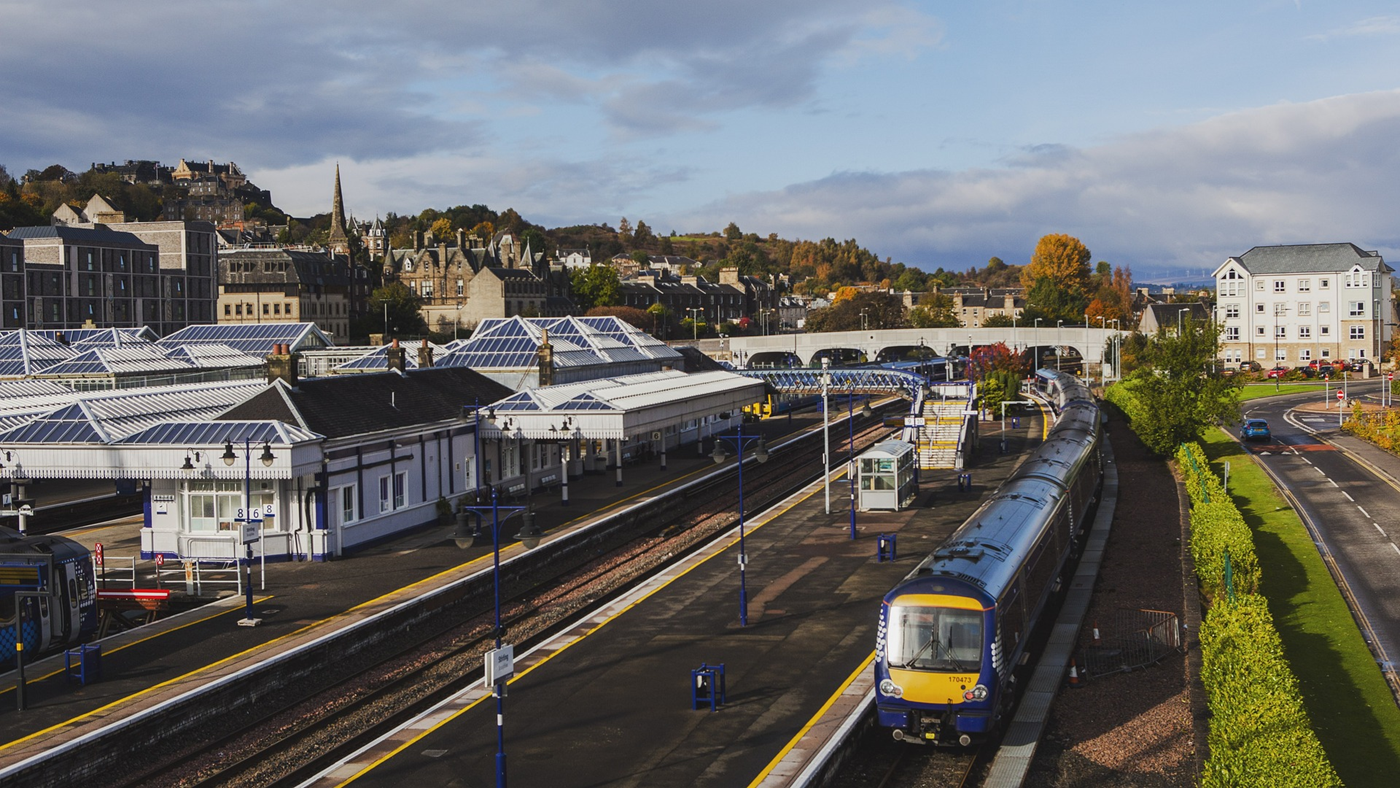North of Scotland Future Energy Scenarios: Rail
Our network region is home to some of the UK’s greatest resources of low carbon energy. We therefore have a critical role to play in enabling Scotland and the UK’s Net Zero targets.
Our latest North of Scotland Future Energy Scenarios analysis explores the technologies that are likely to impact generation and demand profiles in the medium to long term.
Understanding this will help us to serve our customers’ needs over the next decade and beyond as we deliver a network for net zero.
In the third of a series of bite sized videos which explores our analysis in more detail. Let’s explore decarbonising Scotland’s railway, in the journey to net zero emissions.
Transport Scotland has stated that Scotland’s passenger rail services will be decarbonised by 2035. Much of this will include increased electrification of the rail network, although some routes may rely upon alternative solution’s, such as hydrogen and batteries. A large extent of the rail network in the central belt of Scotland has already been electrified. The remaining parts of the network that require to be electrified are in the Borders, and in our area in the north of Scotland.
Increased electrification of the railway network will have an impact on electricity demand in our network area, with all 3 of our model scenarios predicting that a decarbonised rail will mean that electricity demand reaches 140MW at Winter Peak by 2050
Our model shows that with a decarbonised rail system, electricity demand begins around 2026. Diesel use ends in 2035 and Hydrogen and Battery come online in 2035.
Transport is a large sector that needs to decarbonise, just as the power sector does. In comparison to some other forms of transport, travelling by rail can already be an environmentally friendly and sustainable option. Decarbonisation of the rail network can help to make travelling by train even more sustainable, bringing benefits to the climate and the environment by improving air quality and reducing CO2 emissions.
Decarbonising the rail network could mean that by 2035, CO2e emissions could be reduced by as much as 0.32MtCO2e. (0.32 Mega Tonnes of Carbon Dioxide equivalent).
